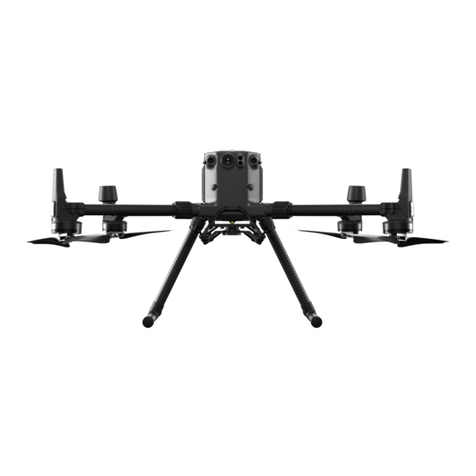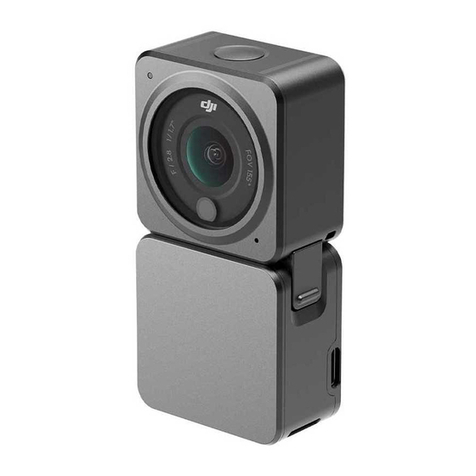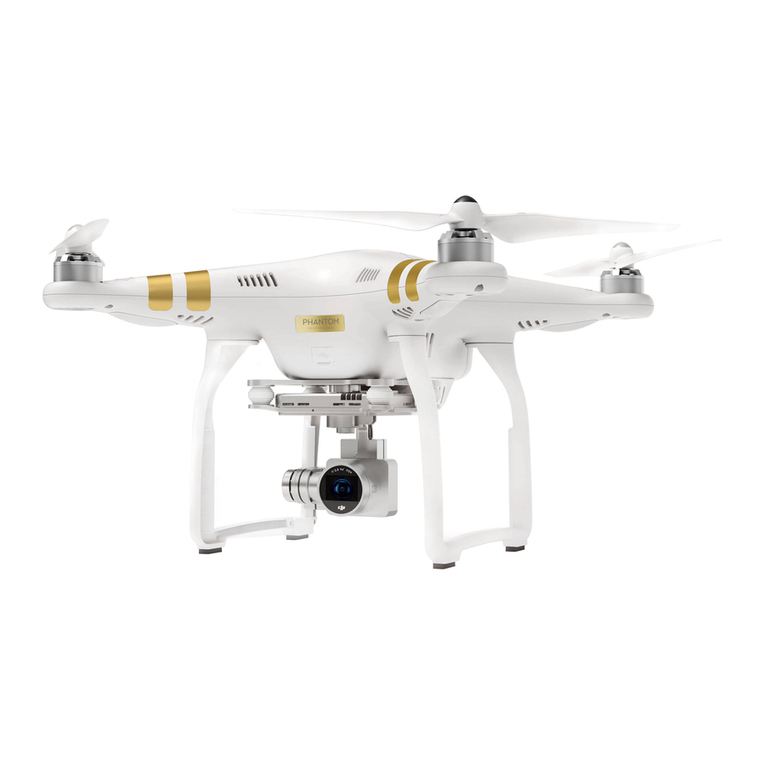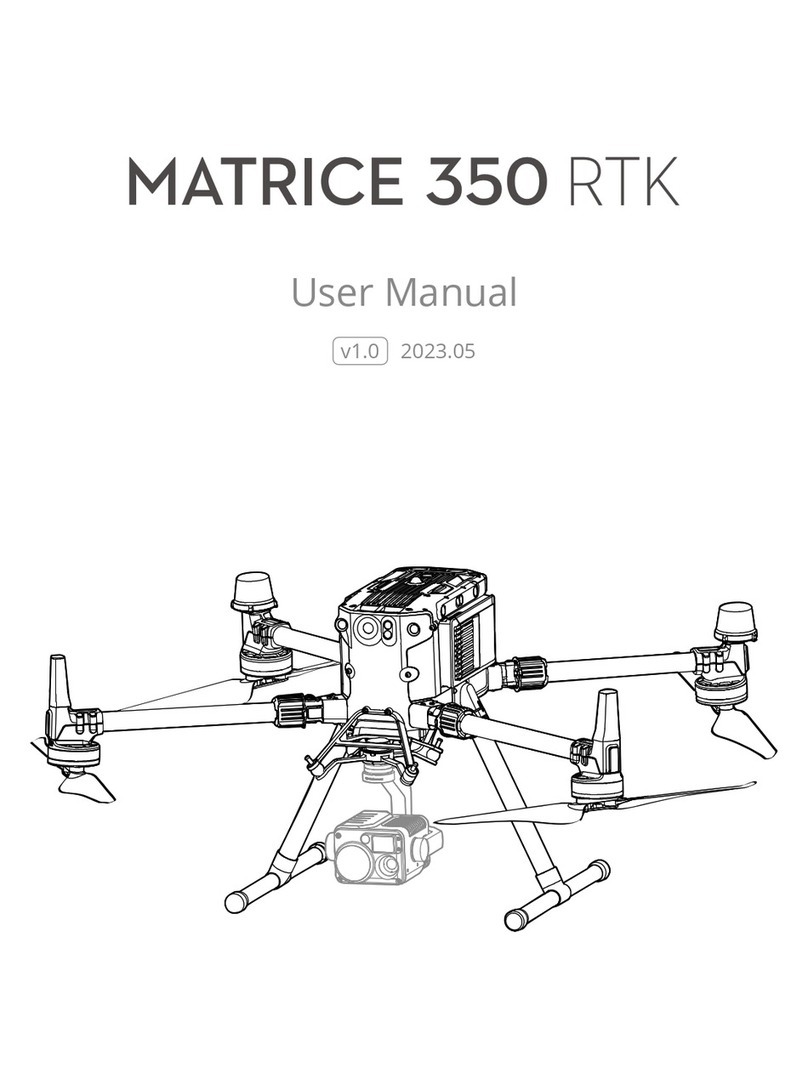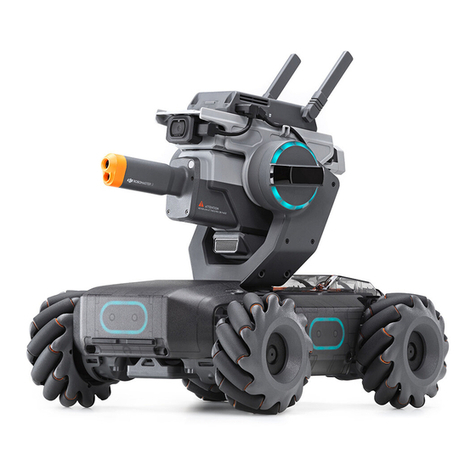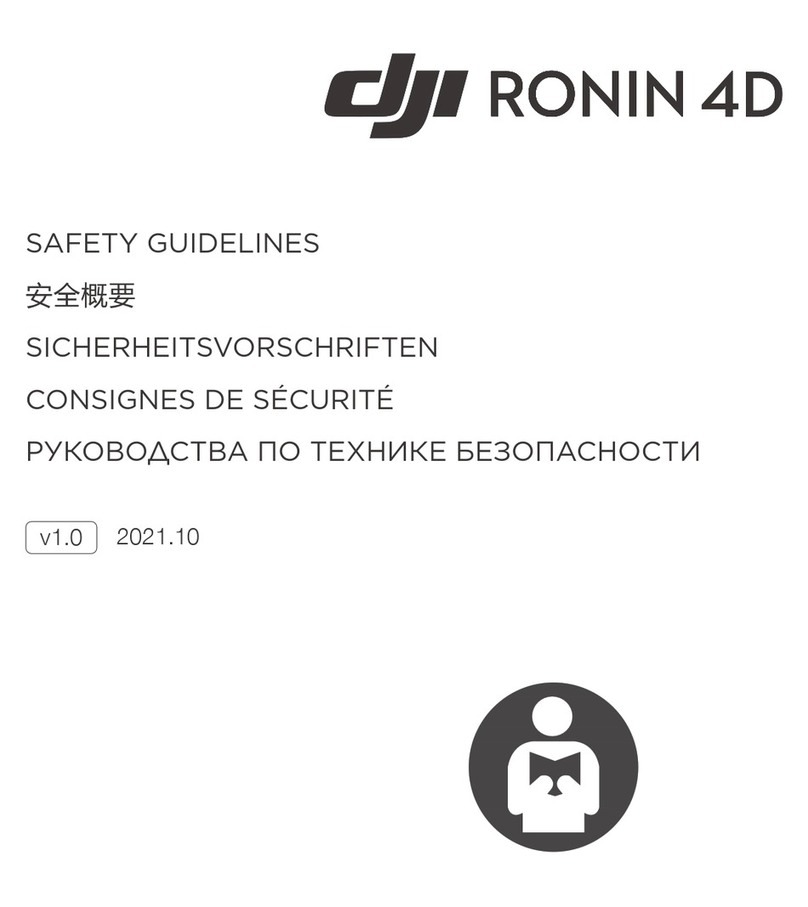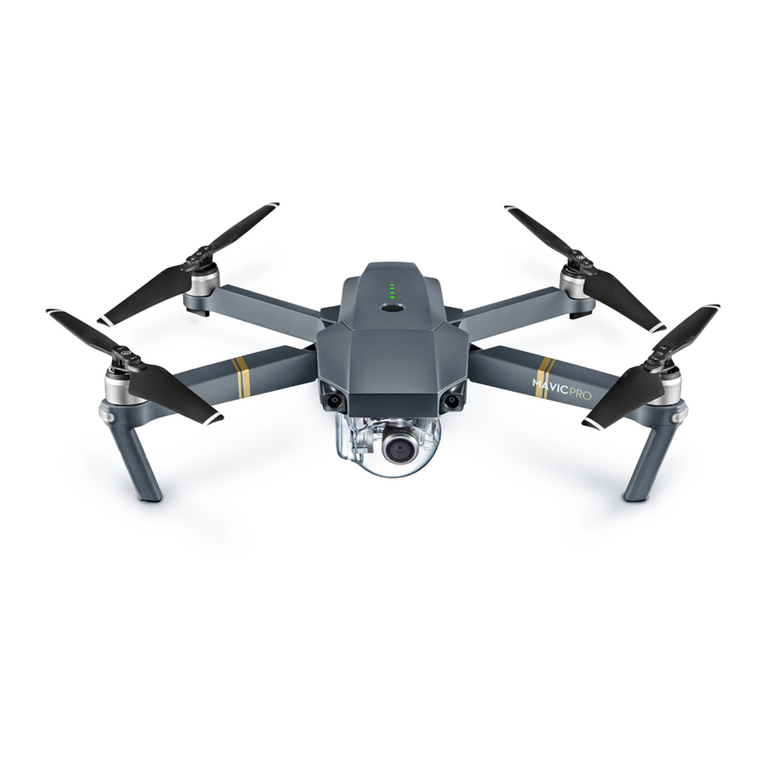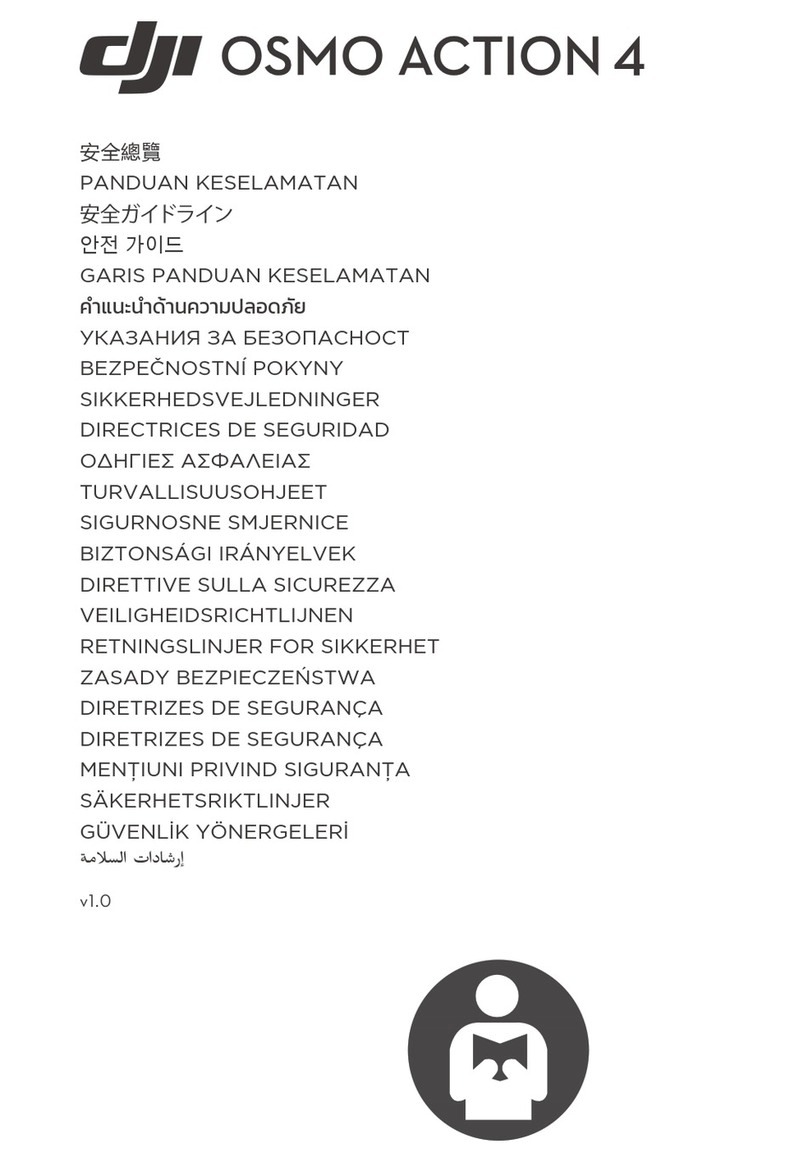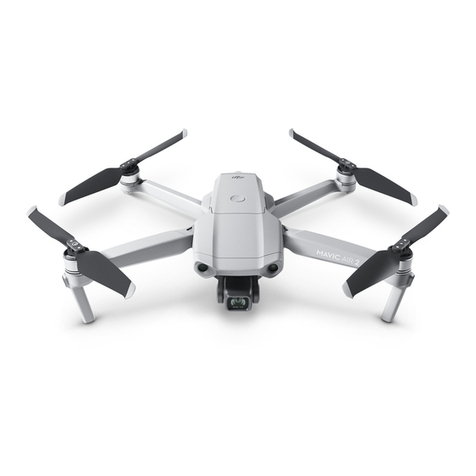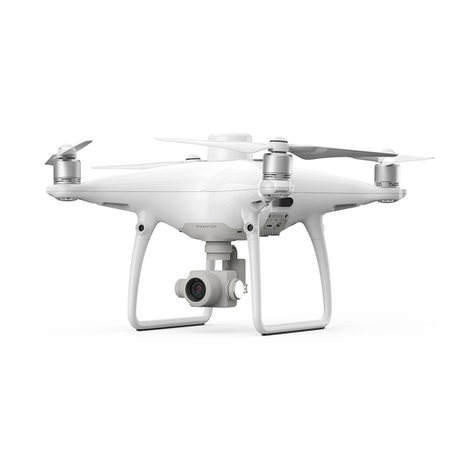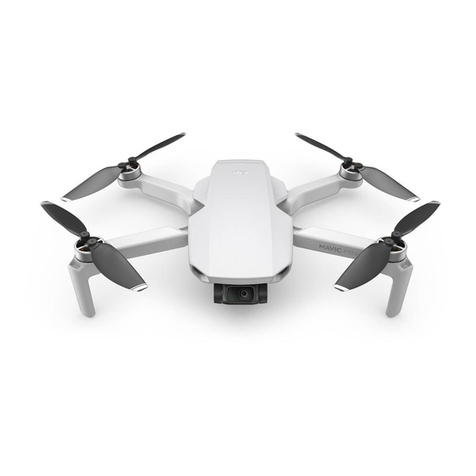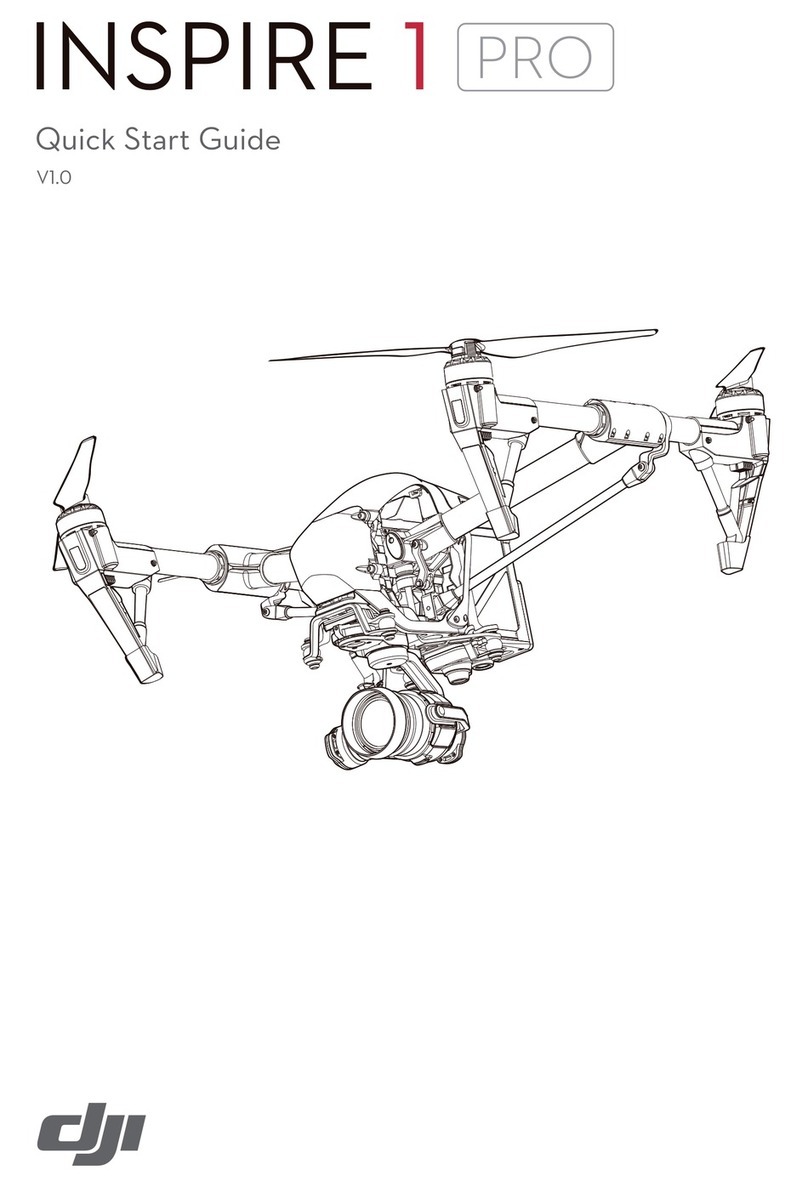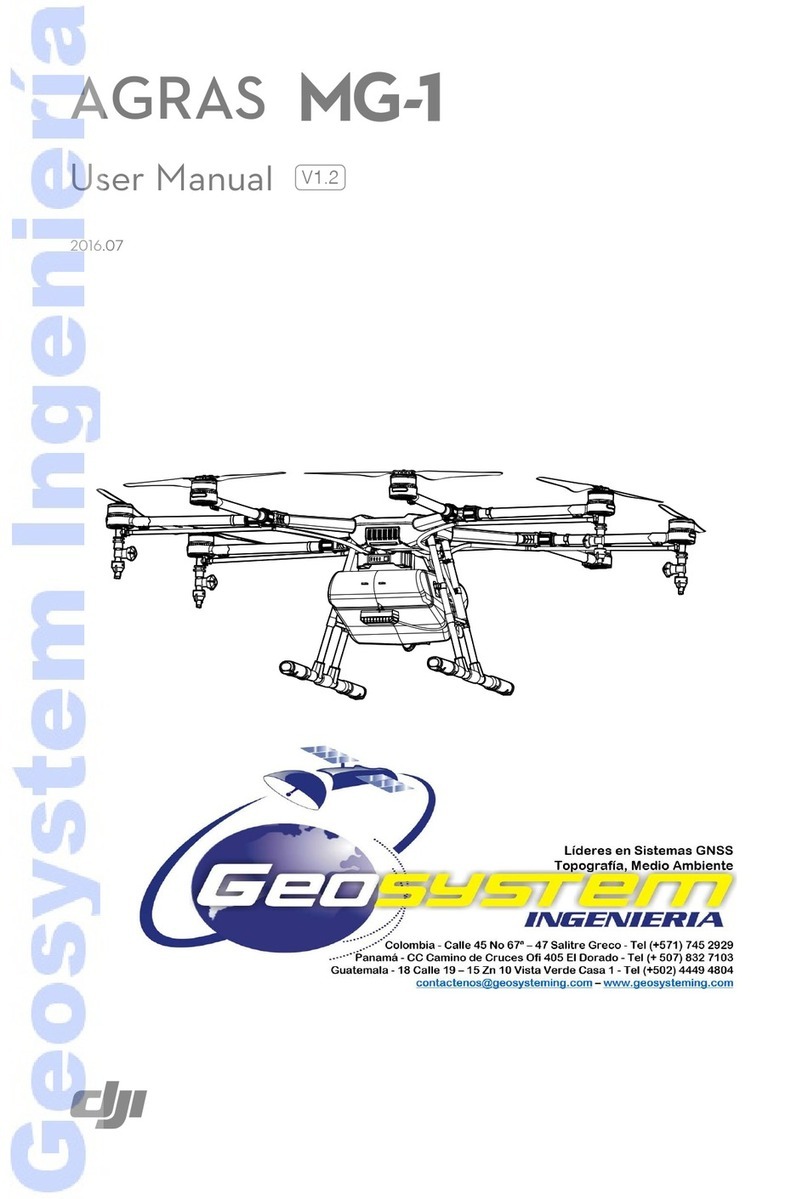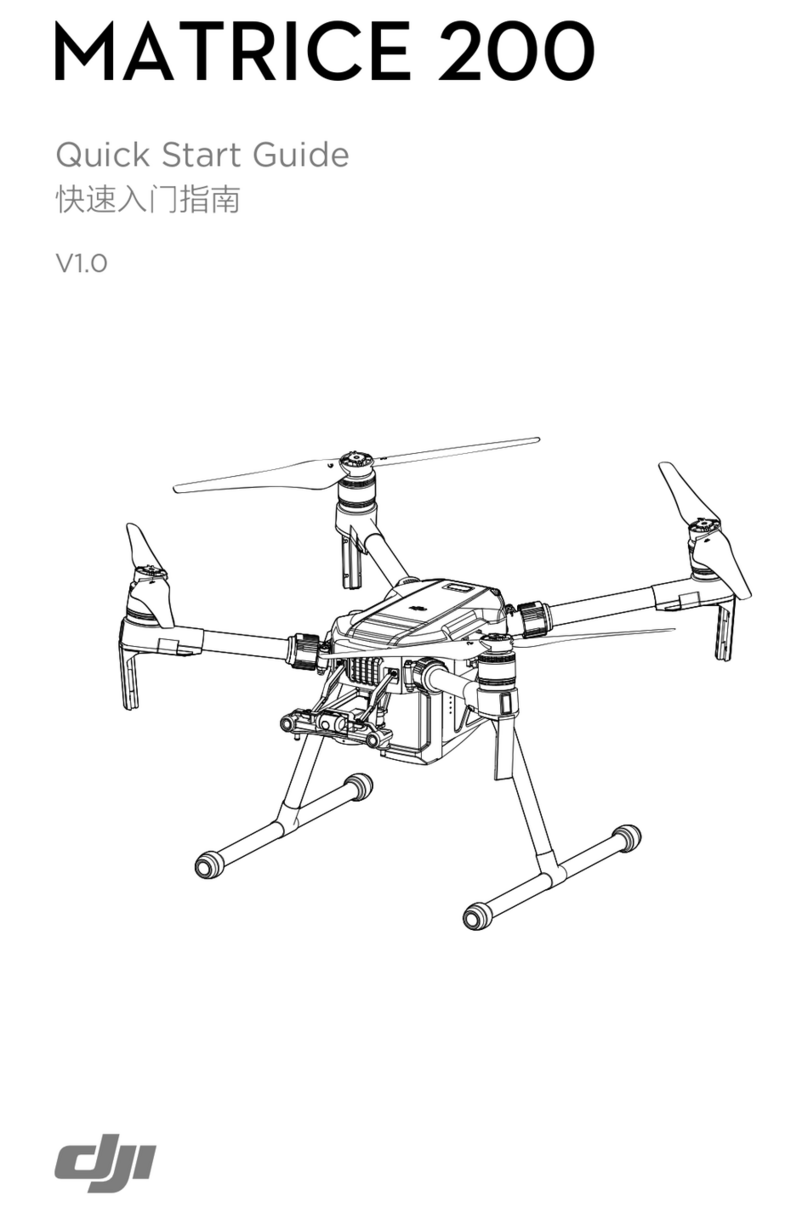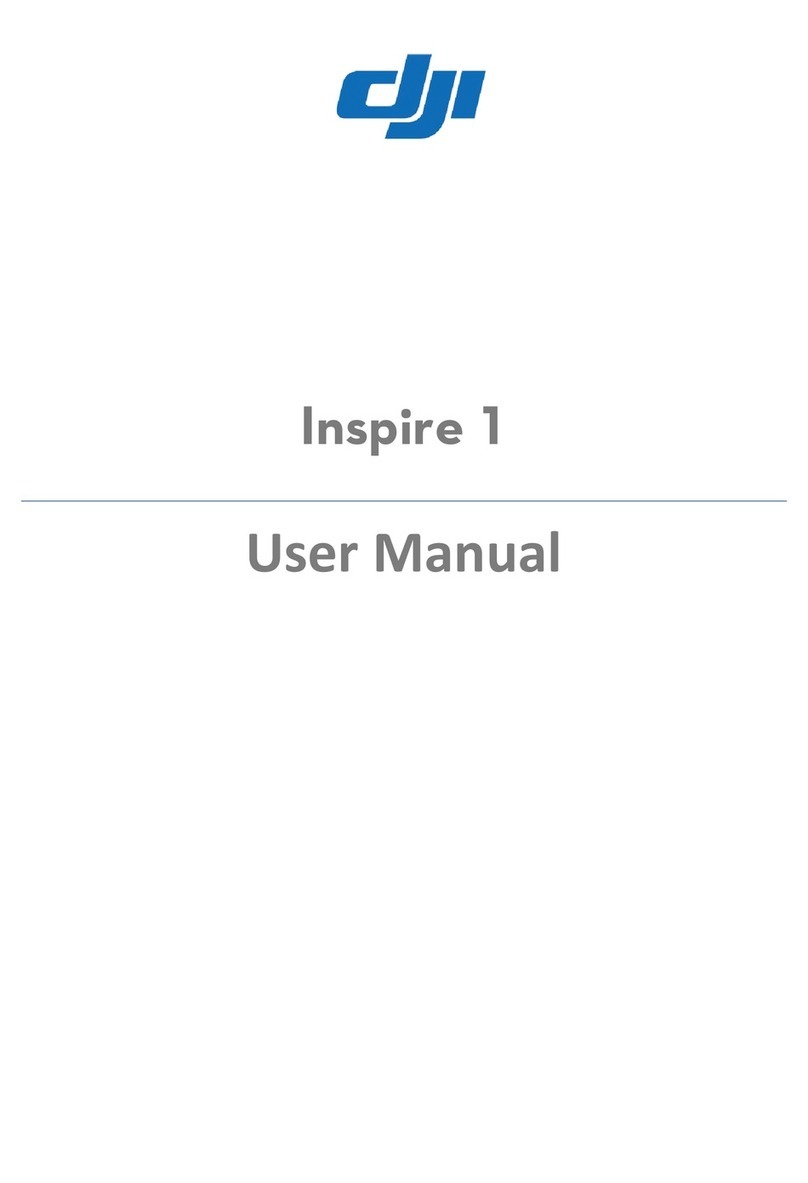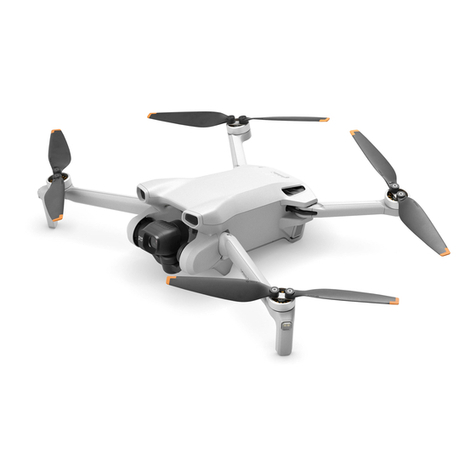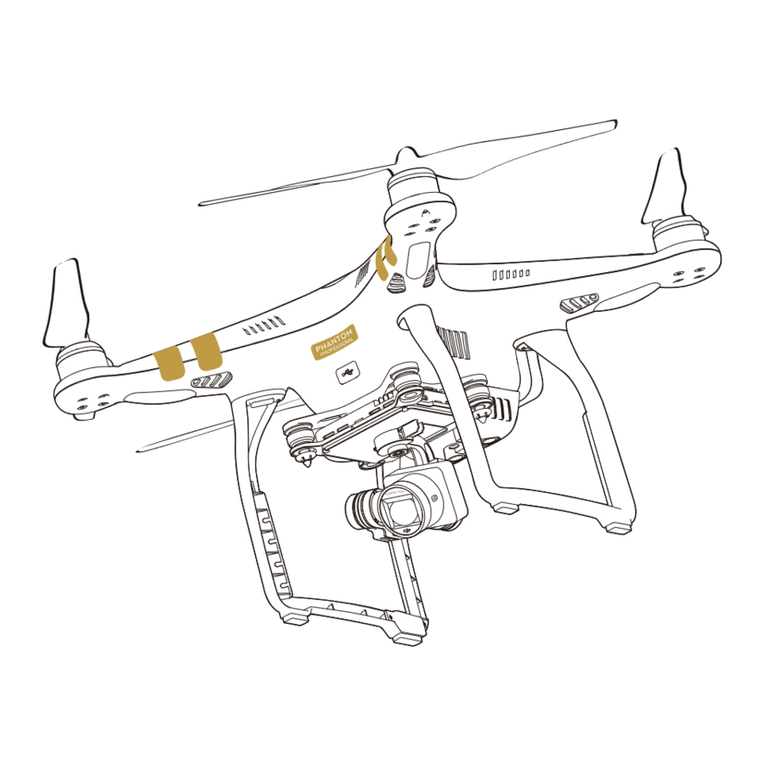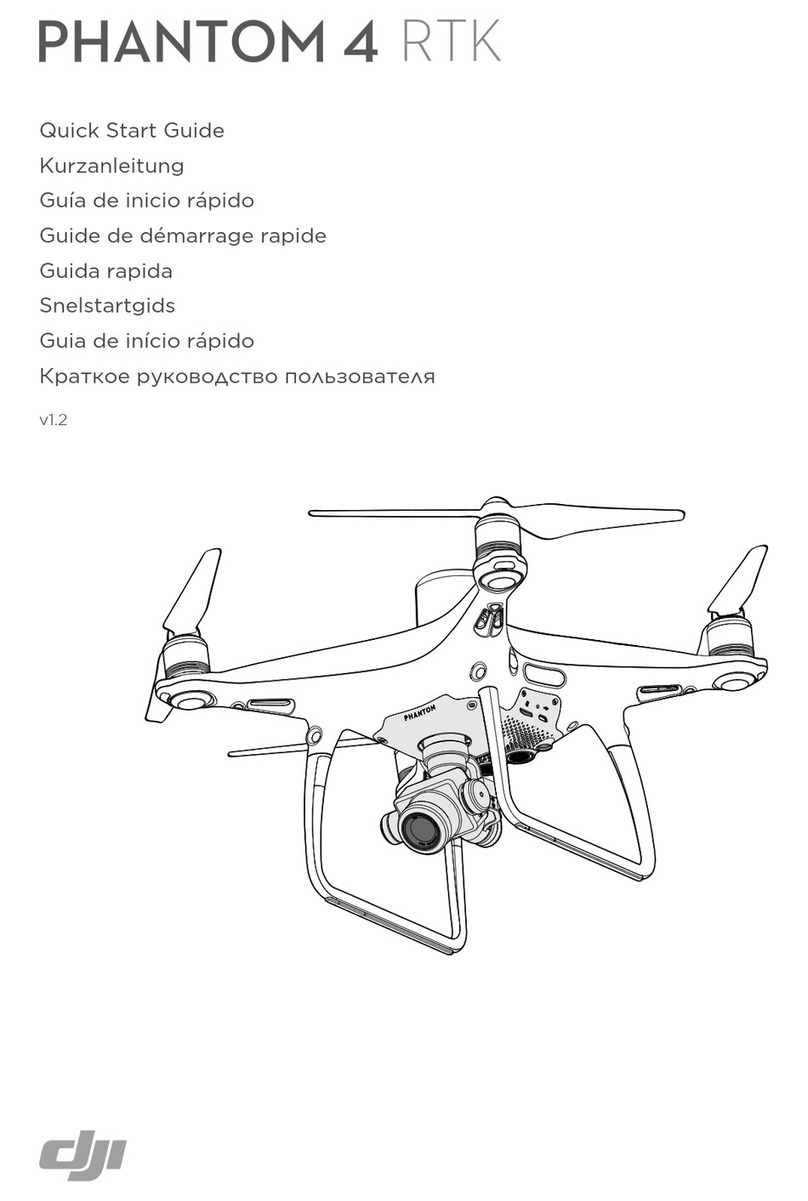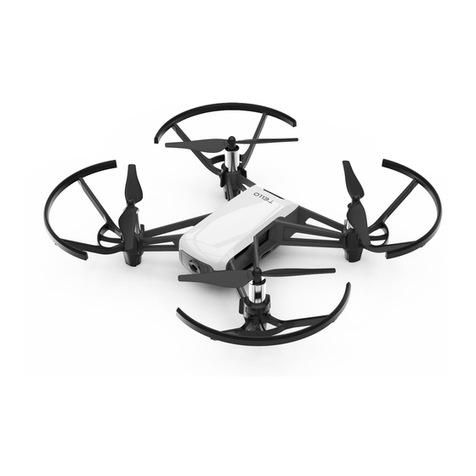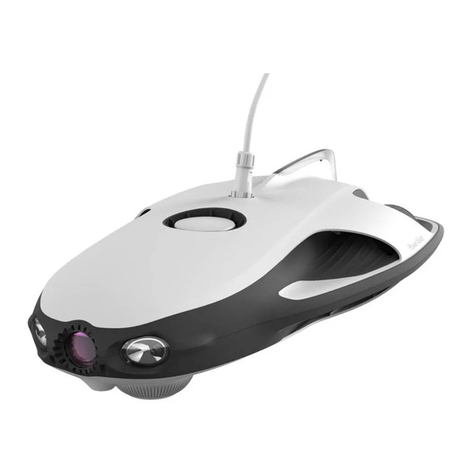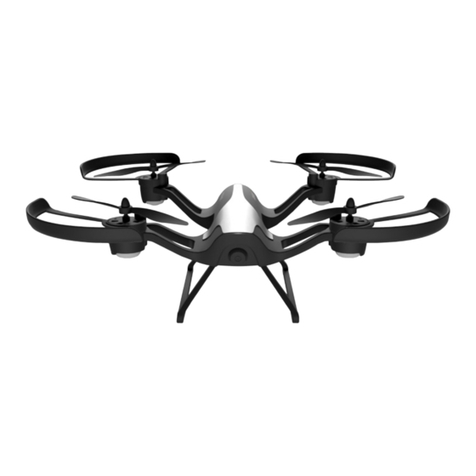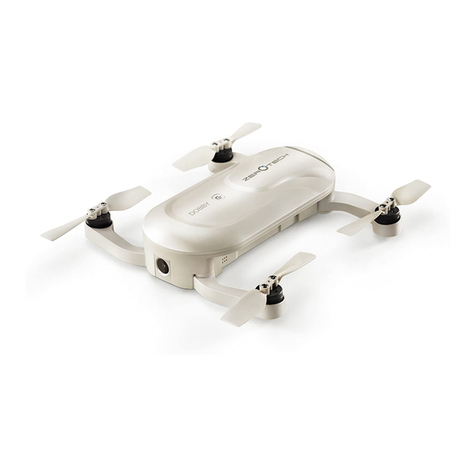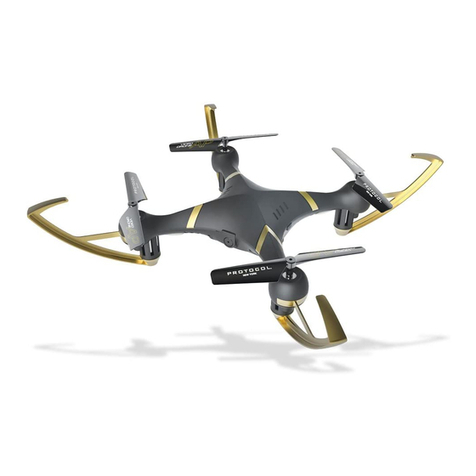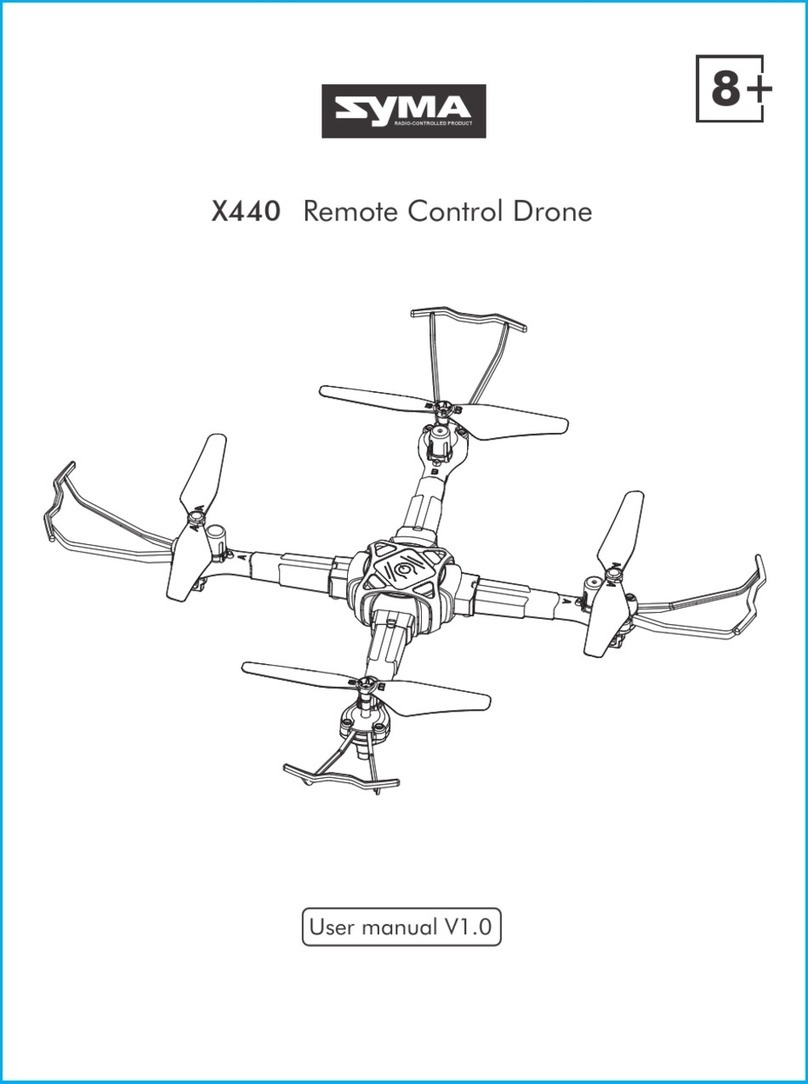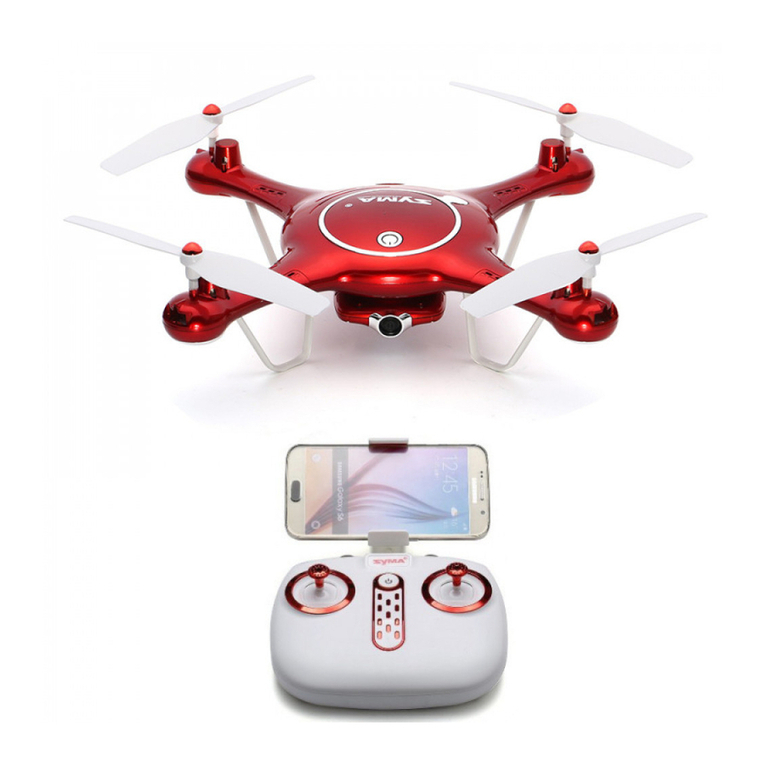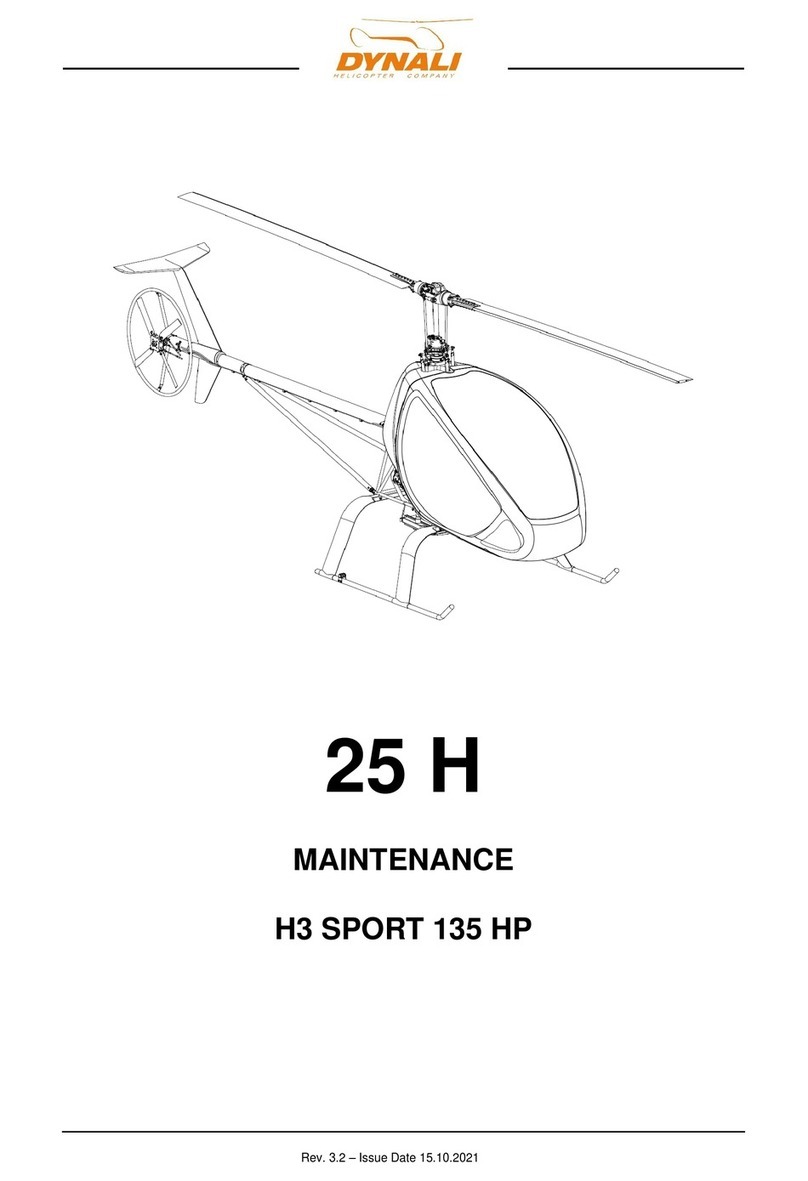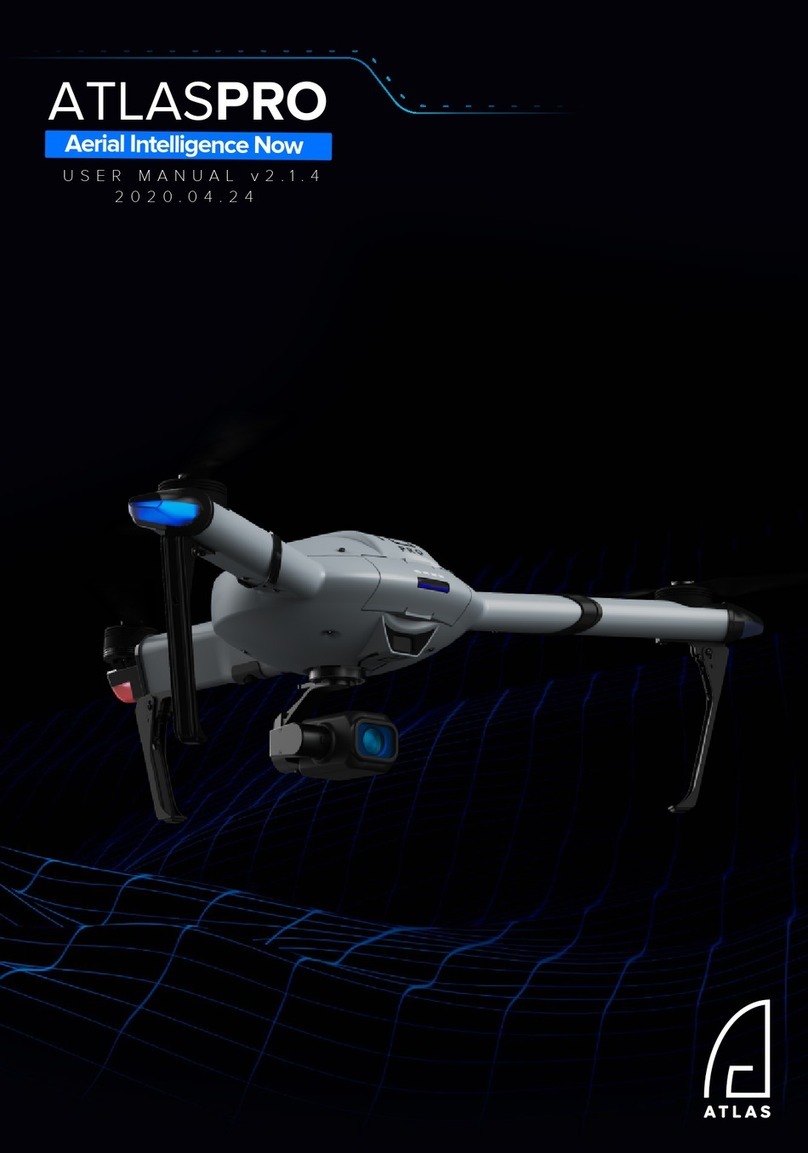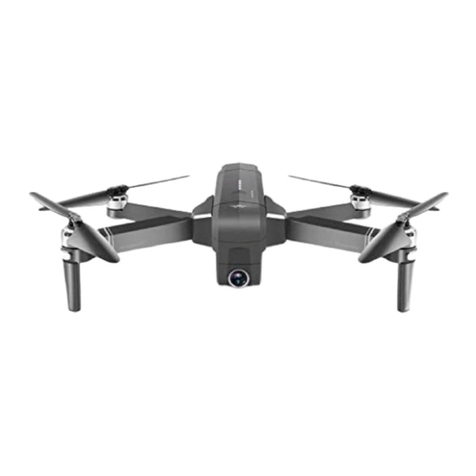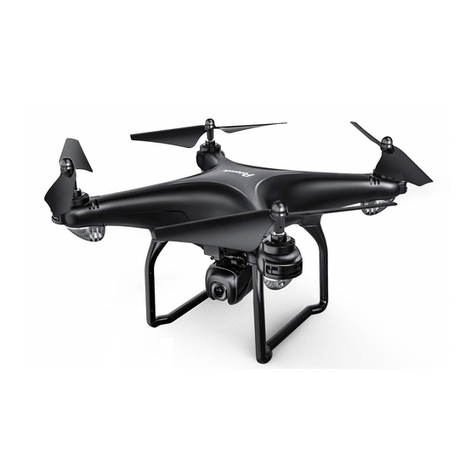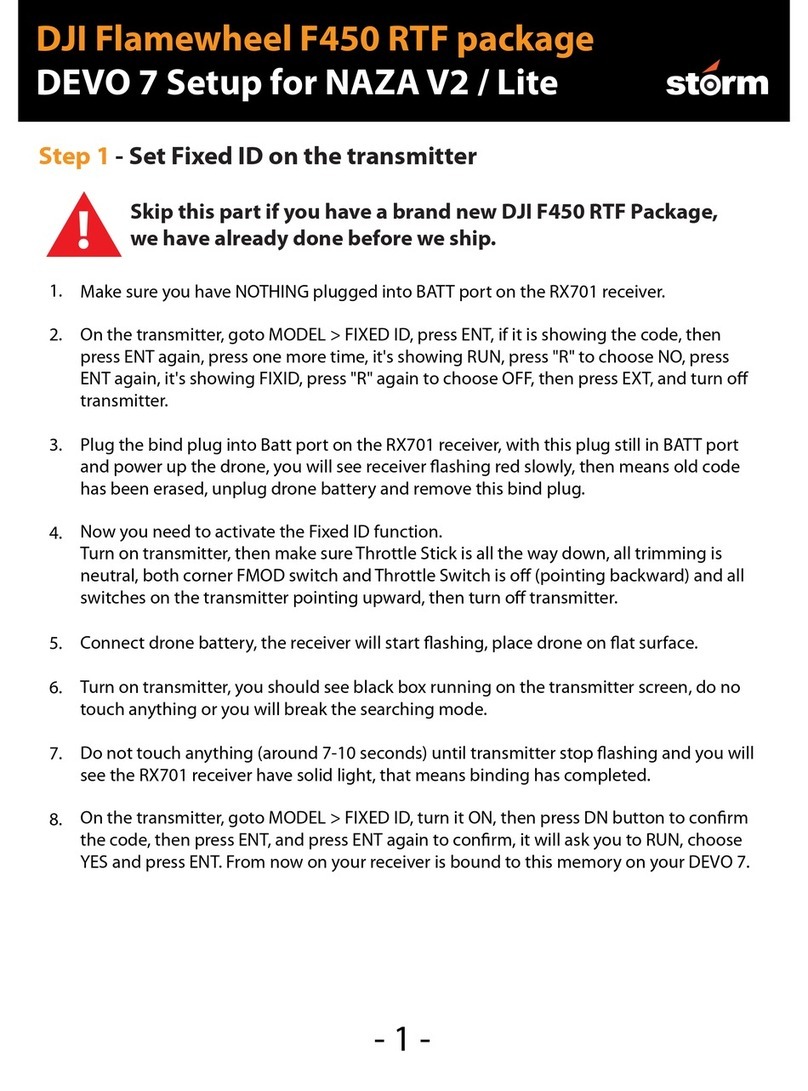① In the app, tap Execute Task to enter Operation View. Tap , then , swipe down, and tap Calibration on the
right of the flow meter calibration section.
② Tap Start Calibration to begin. Calibration will be complete after 25 seconds and the results are displayed in the app.
●Users can proceed once calibration is completed successfully.
●If calibration fails, tap “?” to view and resolve the problem. Recalibrate once the problem is resolved.
Discharging the Bubbles in the Hoses
The T30 features an automatic bubbles discharge function. When it is necessary to discharge bubbles, press and hold the
spray button for two seconds. The aircraft will discharge automatically until the bubbles are fully discharged.
5. Flight
In the app, go to Operation View. Make sure that there is a strong GNSS signal and the system status bar indicates Manual
Route (GNSS) or Manual Route (RTK).* Otherwise, the aircraft cannot take off.
In order for the aircraft to automatically take off and perform an operation, it is recommended to create a plan for a field
and select an operation before takeoff. Refer to the Starting Operations section for more information. For other scenarios,
take off and land manually.
* RTK positioning is recommended. In the app, go to Operation View, tap , then RTK to enable Aircraft RTK
Positioning, and select a method for receiving RTK signals.
Takeoff
Perform a Combination Stick Command (CSC) and push the throttle stick up to take off.
Landing
To land, pull down on the throttle stick to descend until the aircraft touches the ground. There are two methods to stop
the motors.
Method 1: when the aircraft has landed, push and hold the throttle stick down. The motors will stop after three seconds.
Throttle Stick
Method 2: When the aircraft has landed, push the throttle stick down, and perform the same CSC that was used to start
the motors. Release both sticks once the motors have stopped.
